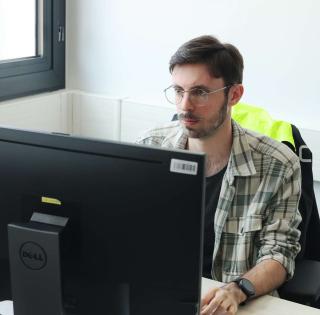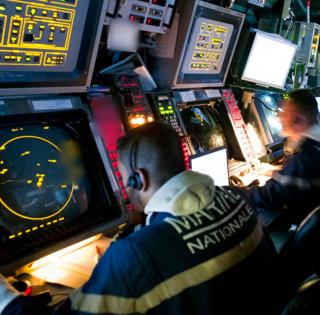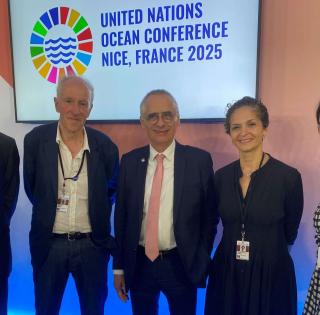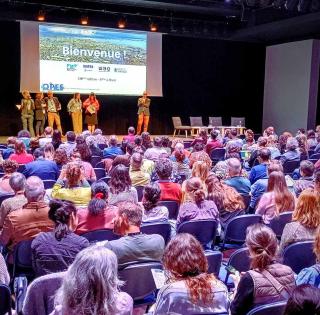
The introduction of third-generation steels in body-in-white would reduce vehicle weight by up to 20%.
These steels offer an excellent compromise between formability and high mechanical properties. This balance is achieved by mastering microstructure and material forming techniques (via phase transformation under plastic deformation). Nevertheless, the risk of cracking during or after shaping remains, due to the phenomenon of hydrogen embrittlement (HE).
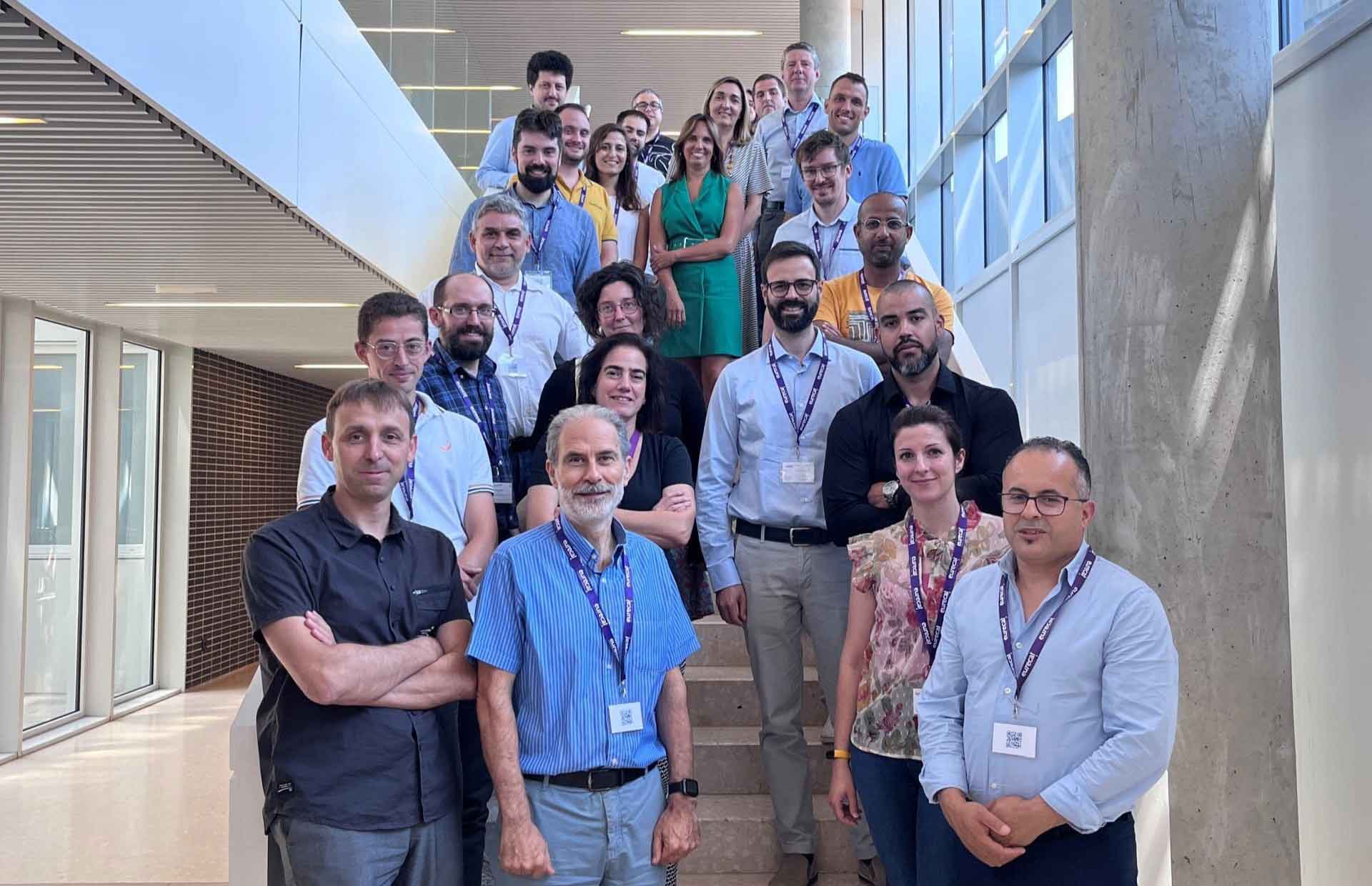
Assessing the risk of cracking as a function of hydrogen content is a major scientific challenge for the H2Form3G project.
In order to remove this barrier, gain a better understanding of the behavior of these materials and predict the risk of cracking, 11 partners from 4 European countries are working together as part of the European H2Form3G project to establish guidelines for their safe use.
Younes Demmouche, associate-researcher and project leader at ENSTA:
In ENSTA's mechanical engineering department, we are used to working on the fatigue behavior of materials, particularly steels. The originality of this project lies in the inclusion of hydrogen in the manufacturing process and the establishment of recommendations to guarantee the integration of these materials in the manufacture of the vehicles of the future.
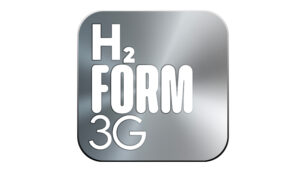
The H2Form3G project has a total budget of almost 2.9 million euros, financed by the European Union's RFCS research fund, with the aim of contributing to the advancement of the European Green Deal roadmap. It brings together academics, research centers, steel producers and suppliers, and end-user automakers.
Within the IRDL laboratory, teams from ENSTA and the Université de Bretagne Sud are involved in modeling and experimentation. A behavioral model - accounting for the effect of hydrogen on the mechanical properties of materials - will be developed and implemented in numerical simulations of the shaping of structural details. A hydrogen diffusion model coupled with a fracture criterion will be developed to predict delayed fracture after forming. To feed these models, the testing and analysis resources of the Masmeca technology platform will be used for experimental characterization of materials and analysis of fracture mechanisms. The project will fund the work of one thesis and two post-docs.
|
H2Form3G fact sheet
|


















